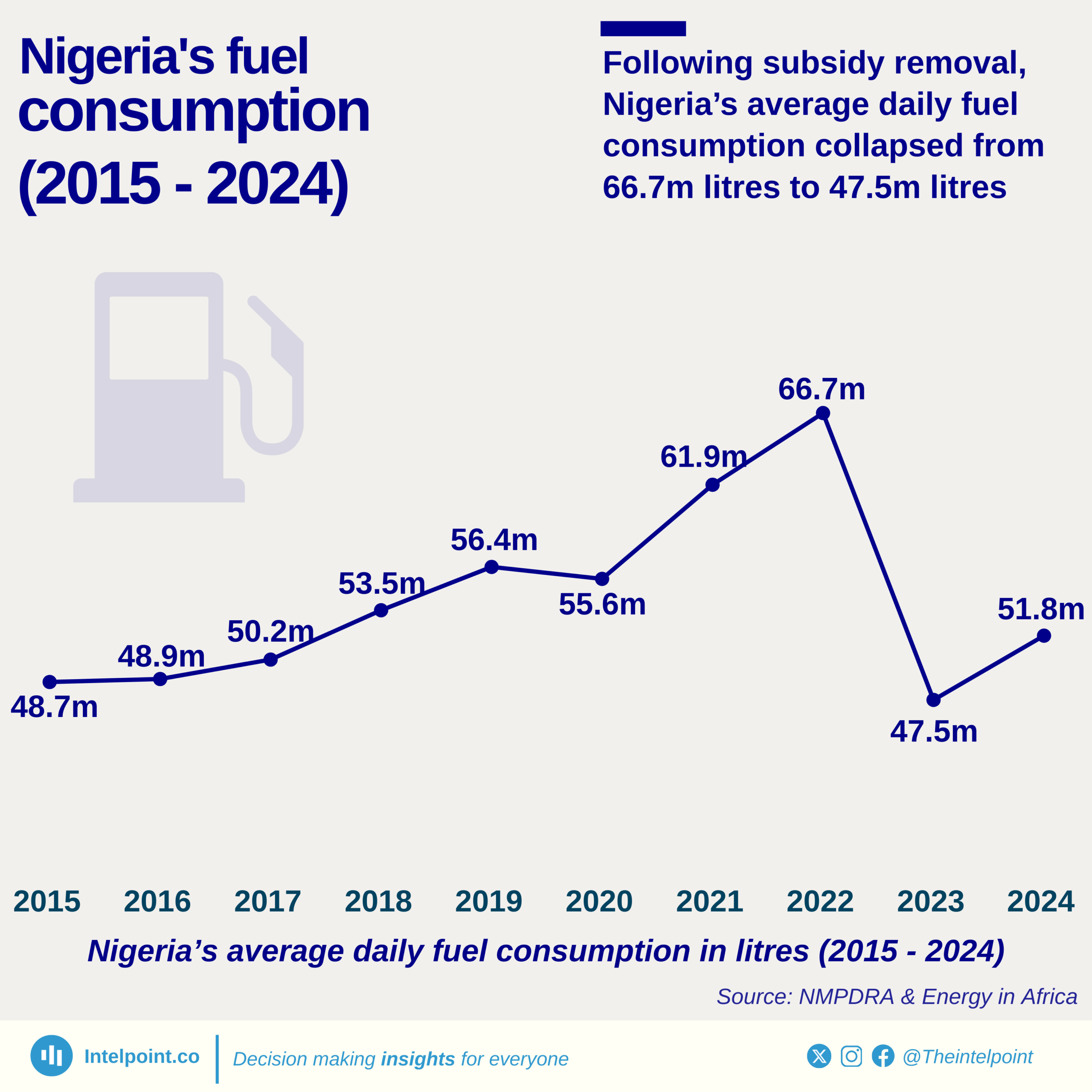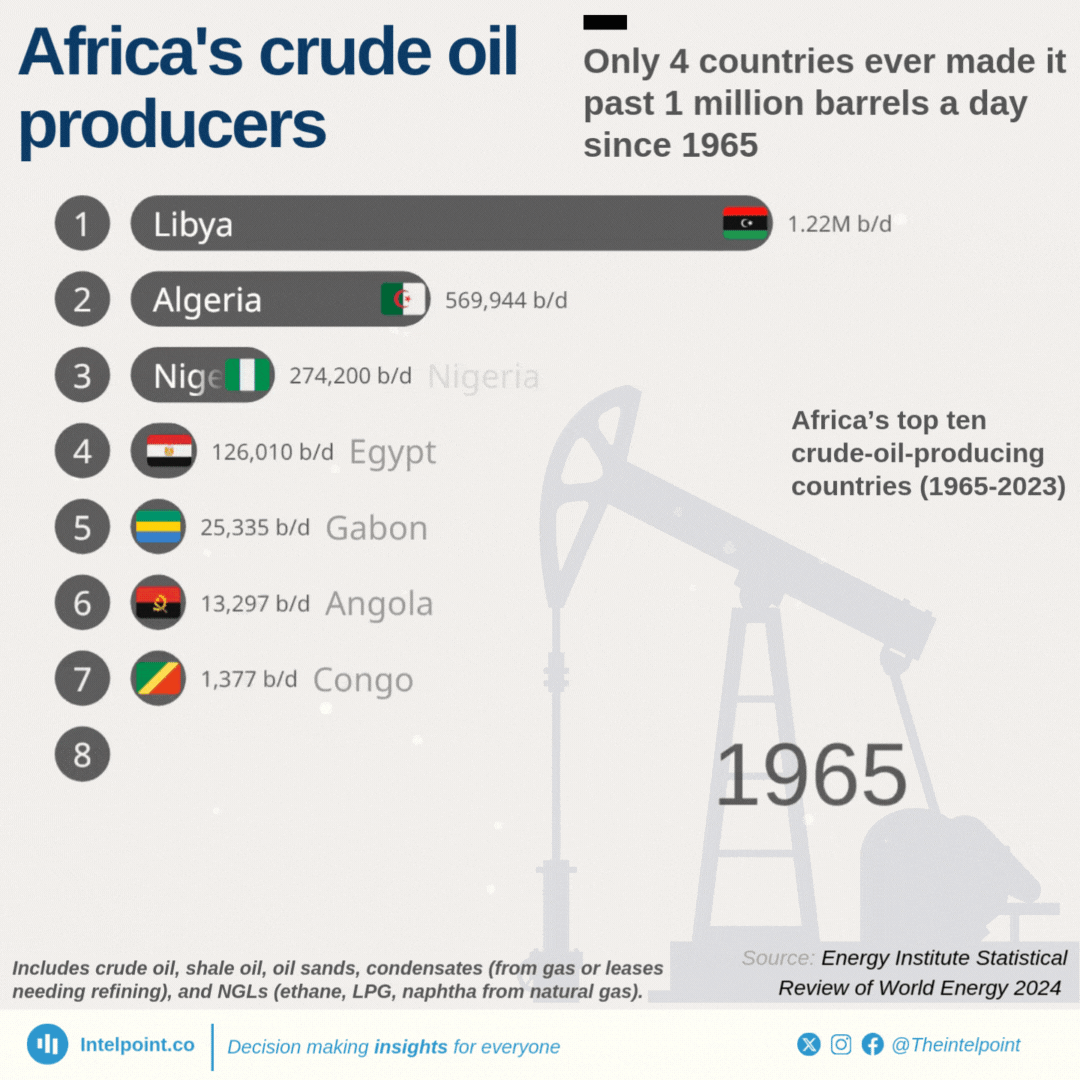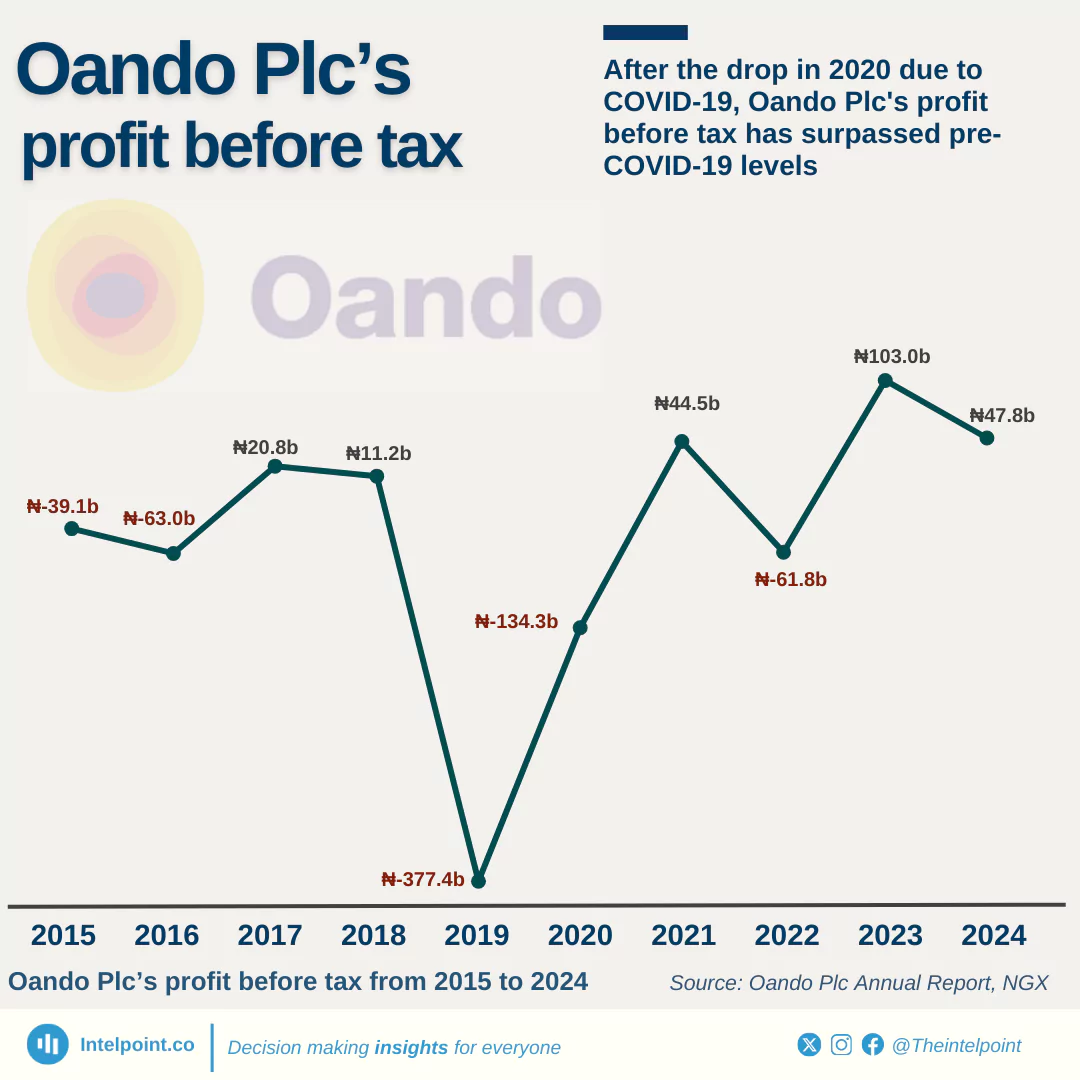The crude oil market experienced a turbulent 2024, following a sharp decline from the highs of late 2023. In September 2023, crude oil traded at $98.16, but by December 2023, prices had dropped to $79.12, signalling a downward trend that continued into 2024. The year began with $82.18 in January and saw fluctuations before peaking at $93.12 in April. A steady decline set in from September ($76.05) to December ($74.72), marking the year’s lowest price. The annual average stood at $82.57, reflecting overall volatility.





